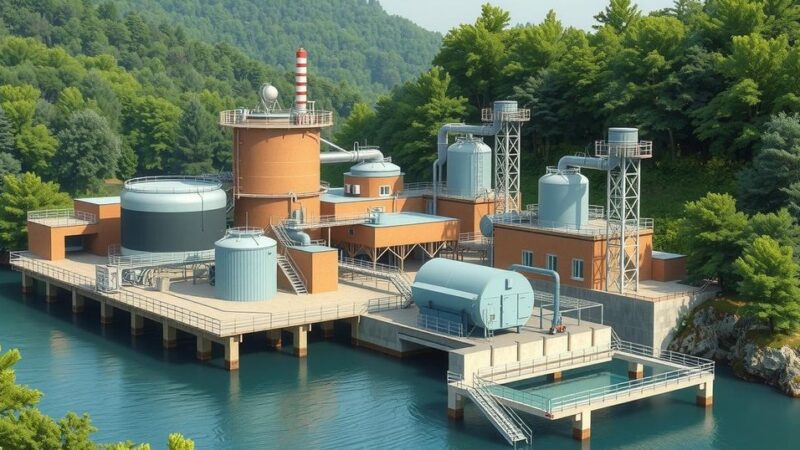A newly drilled ice core in Antarctica could offer the oldest unbroken climate record, extending back over a million years. This core may significantly enhance understanding of past climate changes and their impact on early human civilizations. Conducted by the EPICA team at Little Dome C, this project is expected to yield vital information regarding the intertwining of greenhouse gases and global temperatures through time.
Recent drilling of an extensive ice core in Antarctica promises to reveal potentially the most ancient and unbroken timeline of Earth’s climate, dating back over a million years. This ice core, measuring 2,800 meters in length, holds invaluable data such as ancient air bubbles and isotopes that can illuminate historical climate conditions. Chief scientist Julien Westhoff of the European Project for Ice Coring in Antarctica (EPICA) asserts that the upper 2,480 meters alone could yield a climate record extending to 1.2 million years.
Unlike past ice cores that have only provided snapshots of climatic history, this new sample could push the limits of climate understanding back even further, potentially to 2.5 million years. The significance of this core lies in the opportunity to analyze periods of extreme climate fluctuations, particularly during epochs of extended glaciation, which some scientists believe to have severely impacted early human populations in Africa.
This drilling operation, conducted at Little Dome C in East Antarctica, was meticulously planned to capitalize on the thick ice layers revealed by radar surveys. Once drilling commenced, EPICA researchers utilized advanced isotopic analysis to monitor the glacial and interglacial cycles in near real-time, enabling them to make bold assertions regarding their findings at an early stage. Climate scientist Richard Alley remarked upon the extraordinary potential of the ice core’s ramifications, stating, “They will learn wonderful things.”
As this project unfolds, the fresh data derived from this drilling effort is poised to enrich our comprehension of the Earth’s climate system and the intricate interplay between greenhouse gases and global temperatures over an extensive timeframe.
Understanding Earth’s climate history is crucial for grasping the current climate crisis. Ice cores, like the one extracted from Antarctica, serve as time capsules, preserving atmospheric gas bubbles and isotopic compositions that reflect ancient climates. The latest core, drilled from Little Dome C, is expected to dominate discussions on glaciation cycles and human survival during periods of drastic climate change, filling existing gaps in the scientific record. This particular core may also provide insights into how human activities have disrupted natural climate rhythms over millennia.
The drilling of the new ice core in Antarctica represents a significant advancement in climate science, promising to unlock unprecedented insights into Earth’s climatic history. With a potential record extending beyond 1.2 million years, this undertaking could confirm long-held hypotheses regarding the effects of severe climatic shifts on early human populations. Ultimately, the findings may highlight how far anthropogenic influences have diverged from natural climatic cycles, emphasizing the urgency of addressing the contemporary climate crisis.
Original Source: www.sciencealert.com






